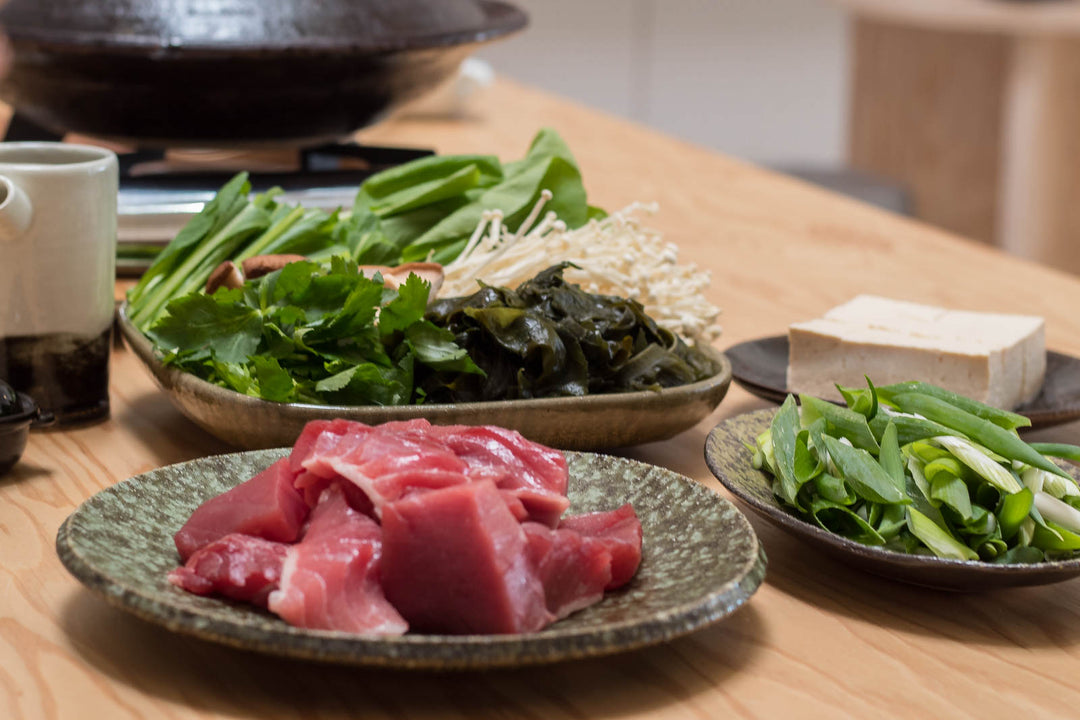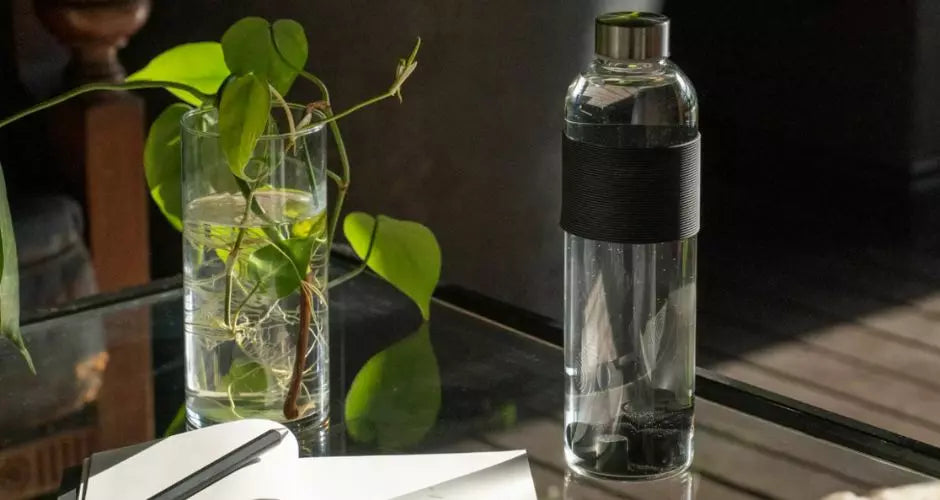Which flame griller makes for the best tasting food?
This taste test wasn't meant to be anything scientific, just a bit of fun after friends, great foodies, raved about the food cooked on their new Japanese hibachi, a table-top portable rectangular griller.
It also happens to be — as MasterChef Australia fans will know — last season's most-used appliance on the show.
We prepared food and split it between the braai and the griller and compared the results.
ON THE MENU
Grilled sardines
Gutted and marinated in a mixture of crushed garlic, grated ginger, yuzu juice (or any citrus juice), chilli flakes and chopped fresh mint. The sardines were rubbed in coarse salt before being threaded onto kebab sticks and grilled over the coals.
Vegetable kebabs
Made up of cubes of aubergine, sweet pepper, mushroom, courgette, patty pans and cocktail tomatoes, which were lightly steamed and threaded onto bamboo kebab sticks that had been pre-soaked in water to stop them burning.
The basting was made up of a mixture of 60ml (4 tbsp) miso paste, 45ml (3 tbsp) mirin, 50ml caster sugar and 30ml (2 tbsp) water combined in a pan over a low heat.
Chicken wings
Rubbed with coriander, cumin and paprika and left overnight. Precooked in the oven, then grilled and tossed in a mix of sriracha, lemon juice and honey.
Sirloin steak and fillet on the bone
Marinated in chilli, garlic, ginger, soy and mirin and served with a yakiniku barbeque sauce.
THE VERDICT
The unanimous feeling was that the food cooked on the hibachi offered a "cleaner" taste and was less charred than that on the braai.
Although in our test on the braai, the food cooked faster, the hibachi provided maximum grilling efficiency in minimal space using a mere handful of binchoten coals (see below), so way more efficient and environmentally friendly than standard charcoal.
Few grills can beat the direct, concentrated heat of the compact Japanese-style griller. The ceramic casing ensures the heat is retained for much longer than a metal braai.
Whereas a braai can be adapted to cater for any number of people, the table-top griller is designed to cook for 2-4 people. Great for indoor cooking, the hibachi can be used at the dinner table much like a fondue, where everyone cooks their own food.
For most of what we cooked there was little difference in flavour except for the meat, a highlight, prepared over the hibachi it was melt-in-the-mouth tender and juicy. Delicious.
LEARN THE LINGO
Hibachi - is the Japanese word for grilling and is the common name of a Japanese style of charcoal grill that is available in different sizes and shapes.
Konro grill - refers to any compact ceramic table-top grill that is rectangular and narrow so skewered food can be placed on the grill without falling in.
Binchotan - the charcoal traditionally used to fire a hibachi, made from a Japanese hardwood. It is high-carbon specially processed charcoal, which is harder than black charcoal and burns cleanly giving off no odour with little smoke. The beauty of binchotan is that it can be used several times before being discarded.




